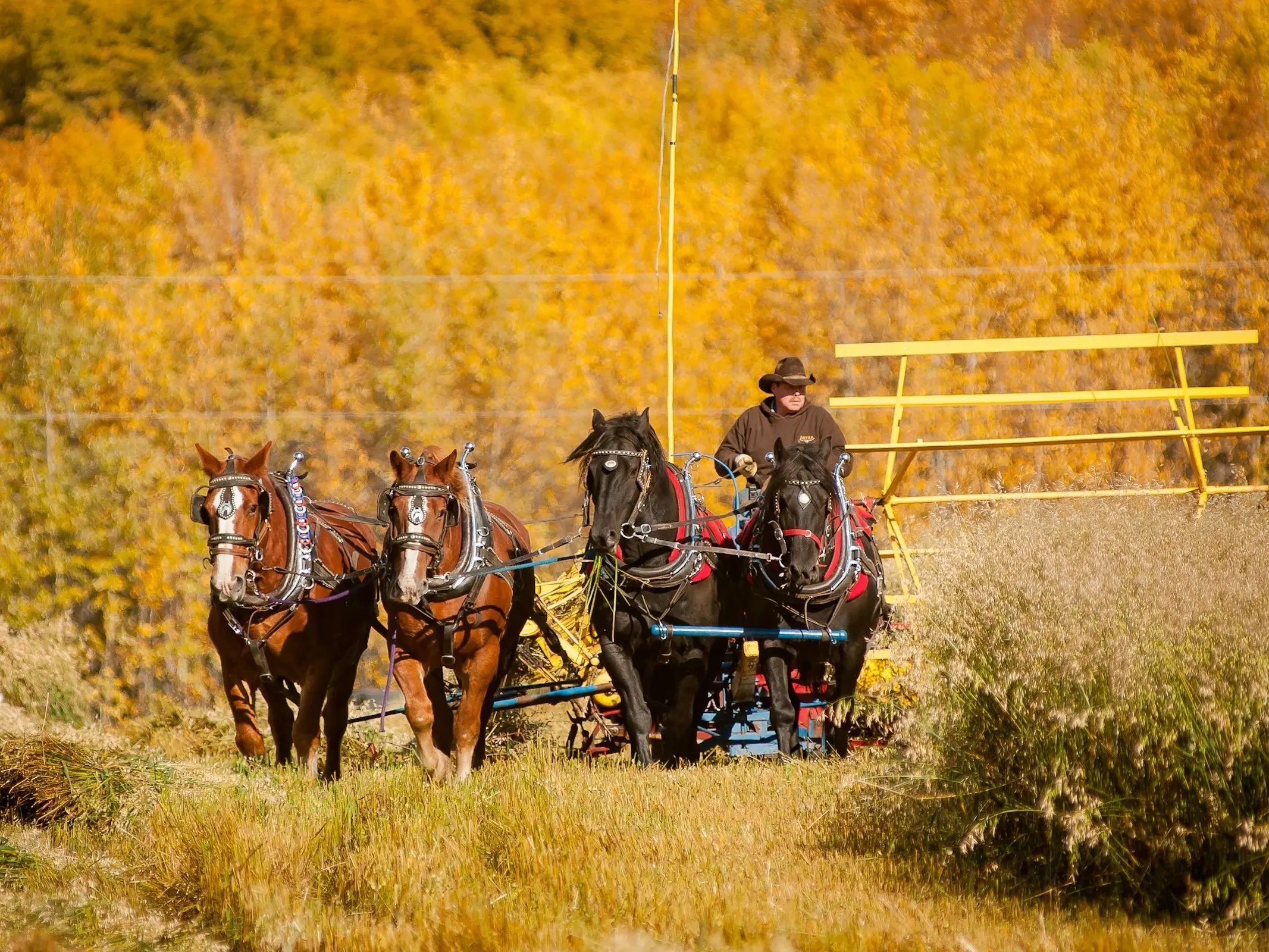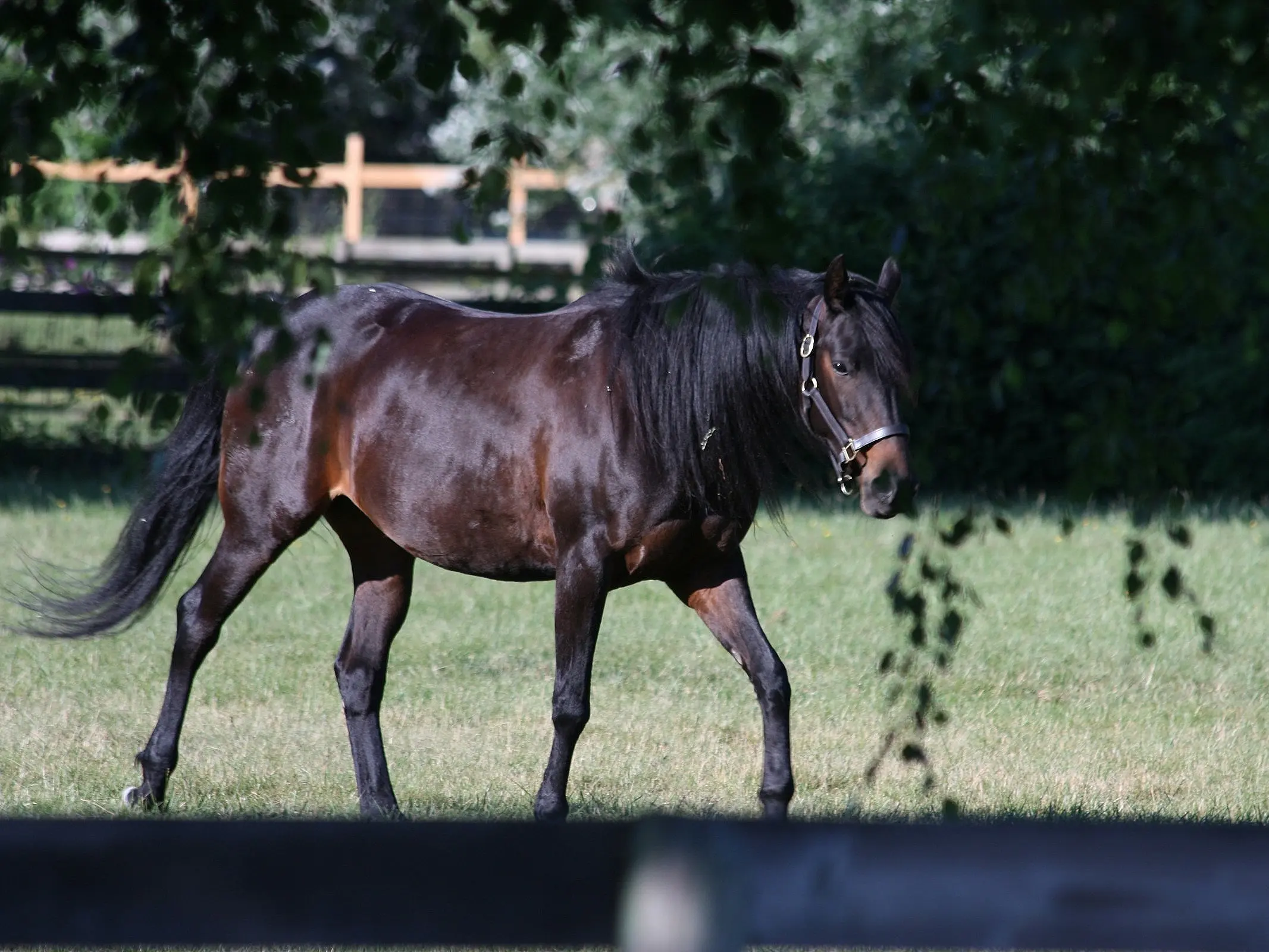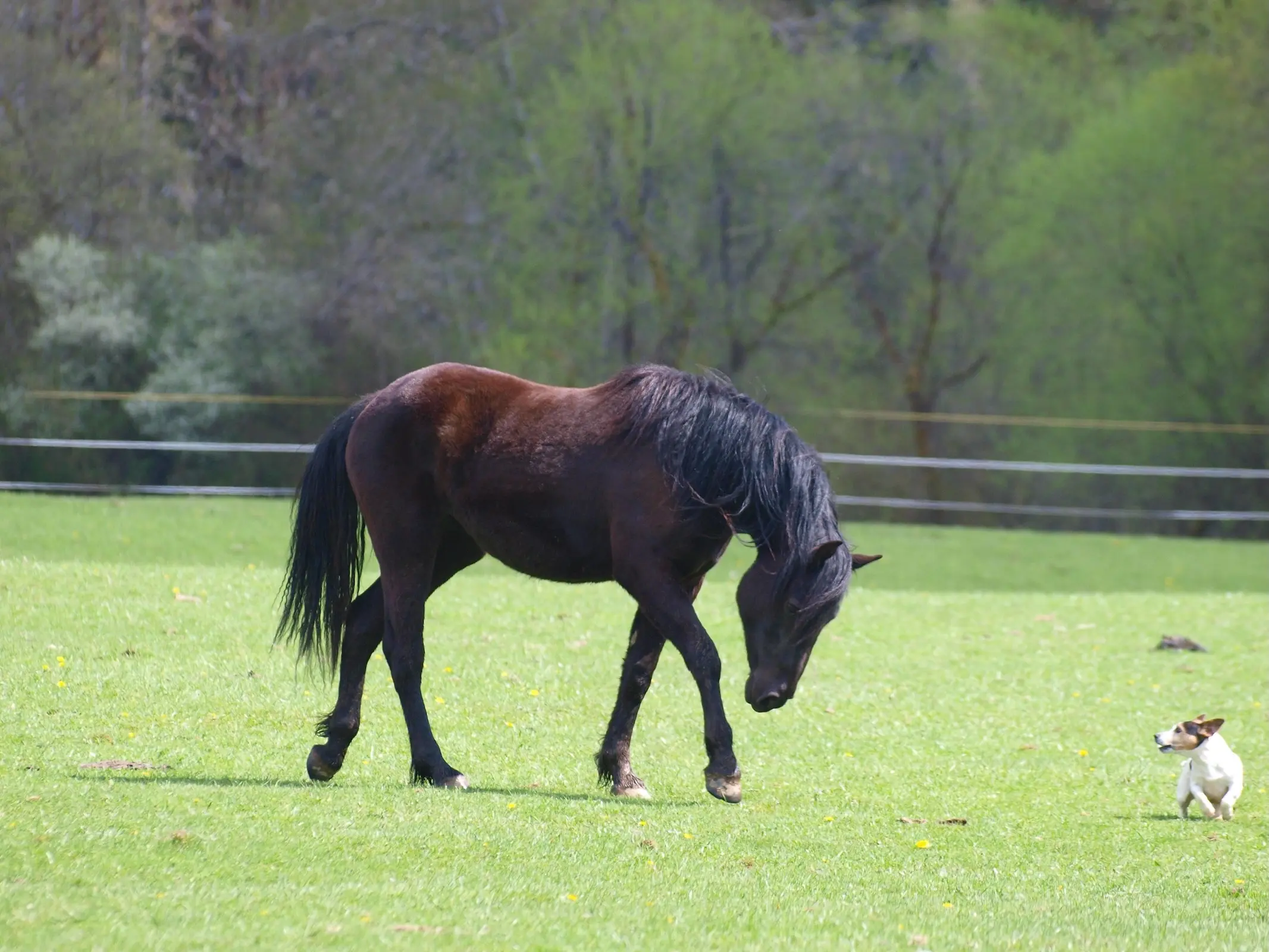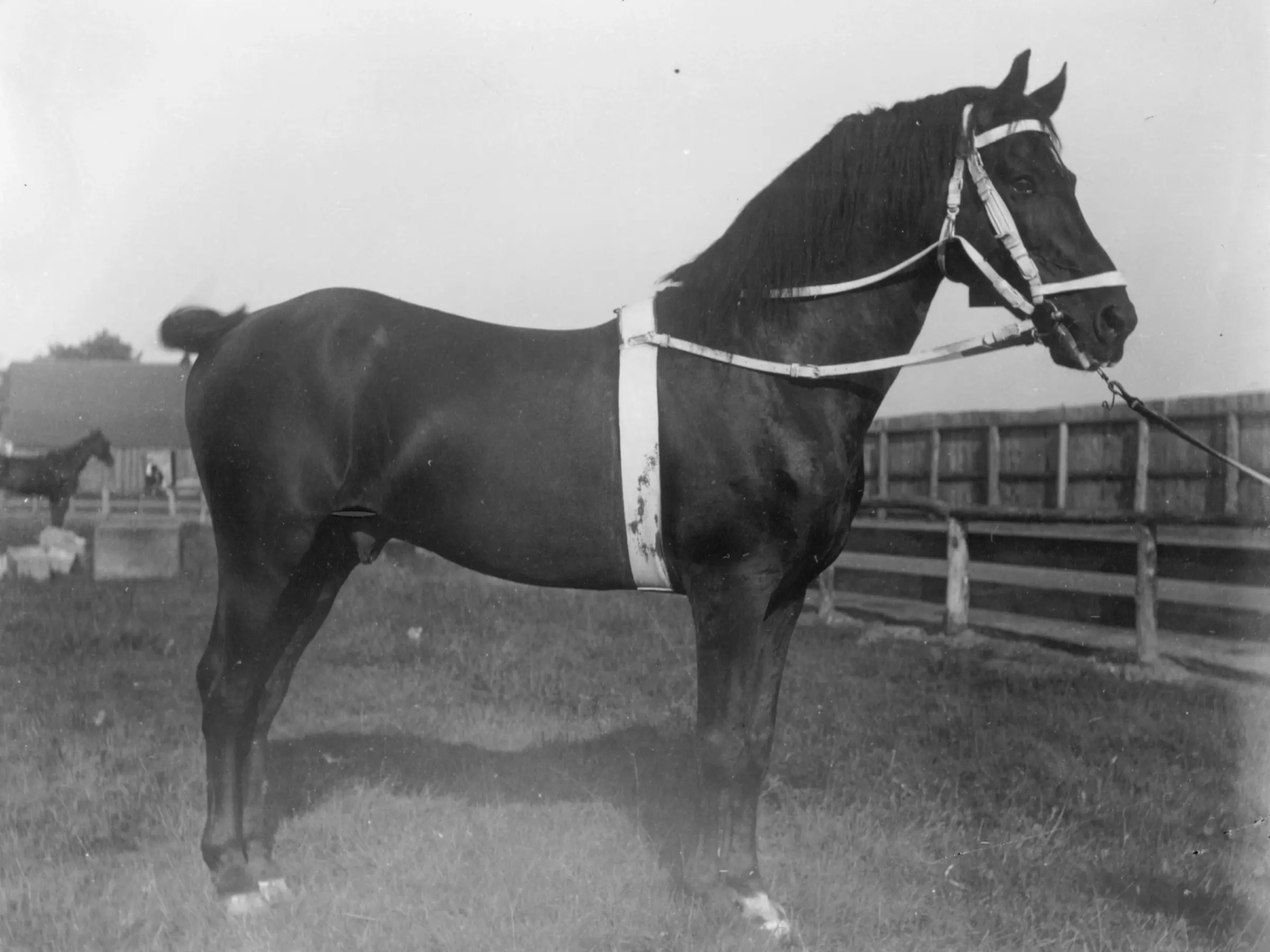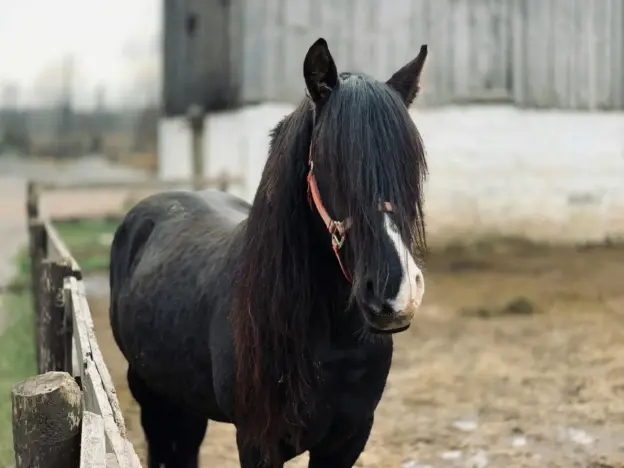Intro
A hardy little horse that is resistant to harsh conditions, the Canadian Horse or French Canadian is considered a national treasure and has been an essential component in settling the territory.
Origins
The Canadian Horse bloodlines come from France when they were sent to the New World late in the 17th century. They were of Norman and Breton horses (who were thought to be of Arabian, Andalusian and Barb ancestry). Their characteristics can still be seen in the breed today.
For centuries these animals were bred with little outside influence and were eventually singled out as their own breed. Due to their evolution under harsh weather and scarce food they have become tough animals that are easy to keep. In fact, they are often referred to as The Little Iron Horse.
This tough little animal was valuable as a general utility animal and could be used for everything from plowing to pulling carriages.
Strong Foundational Genetics
Mid 19th century the Canadian horse was found throughout Canada and the US. They were often used to improve other breeds and played an integral part in the development of the Morgan, Tennessee Walking Horse, Standardbred and the American Saddlebred breeds.
As they were exported from Canada their numbers began to dwindle in their native land. An increasing shift to farm machinery also took its toll on their numbers as they were primarily used as farm animals. By the 1870’s there were fewer than 400 left and breeding had hit a standstill. By the end of the decade the breed was fully recognized and protected.
The regeneration efforts paid off and by 1886 a stud book was established. In 1895 the Canadian Horse Breeders Association was formed. The formation of the breeders association renewed interest and in 1907 the Government stepped in and created an improved stud book.
The Canadian Horse has grown in popularity, although they are still classified as having critical numbers. According to the DAD-IS as of 2024 there was 233 left in Canada. The Equus Survival Trust lists them as threatened with an estimated population of less than 6000.
Features
Average height 14 – 16 hands
Strong and robust
Physique
Head is short and finely chiseled
Ears are thin and active
Neck is arched and gracefully attached
Chest is broad and deep
Back is strong and straight
Mane & tails are thick, long and wavy
Legs are strong and sturdy
Feet are well formed and tough
Traditional Colors
black | chestnut | bay | brown
Temperament
Willing and kind
Sensible and sociable
Smart and eager to please
Use
Riding horse
Farm horse
Show horse
Helpful Links
* all links open in a new window
Canadian Horse Breeders Association
More Images
